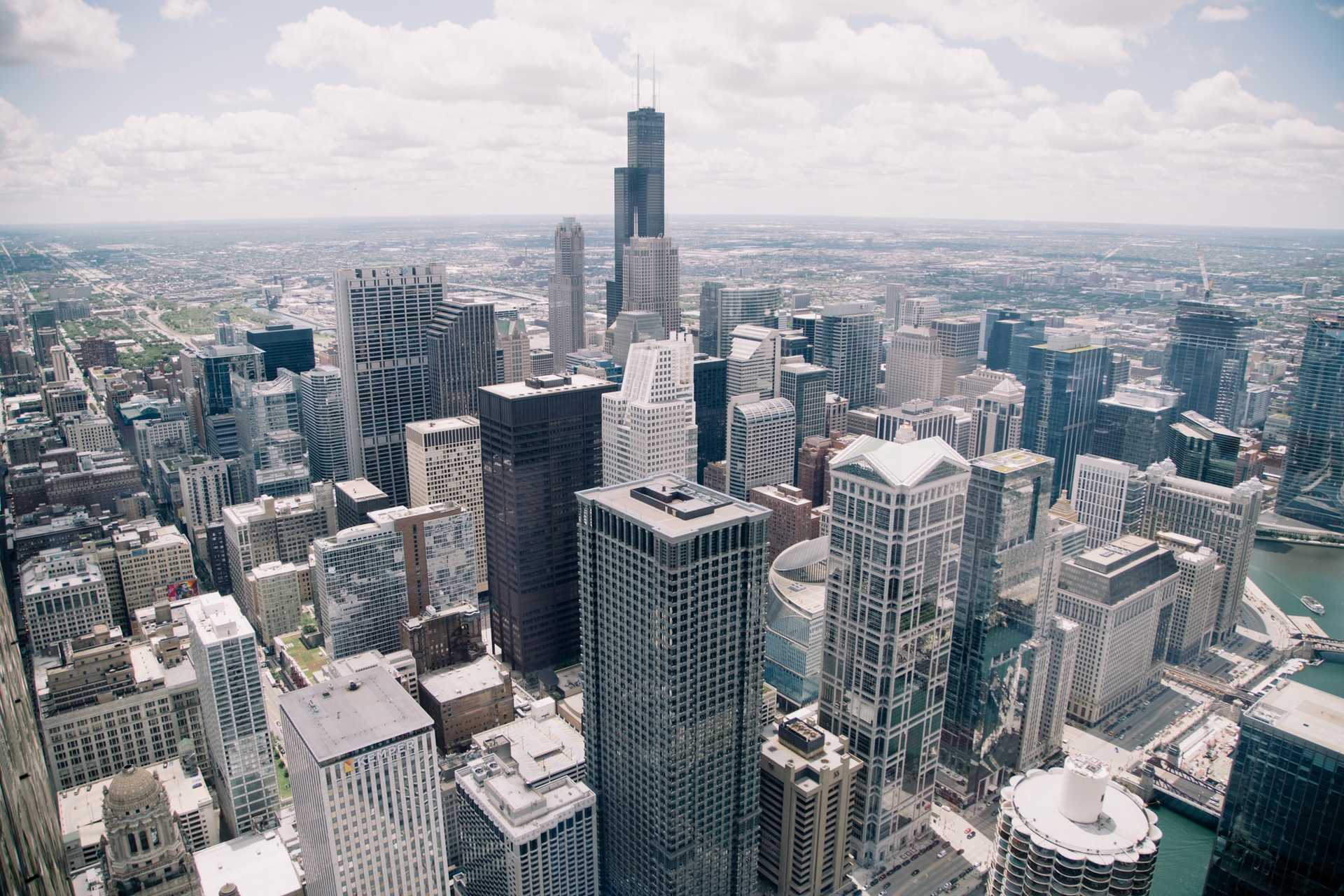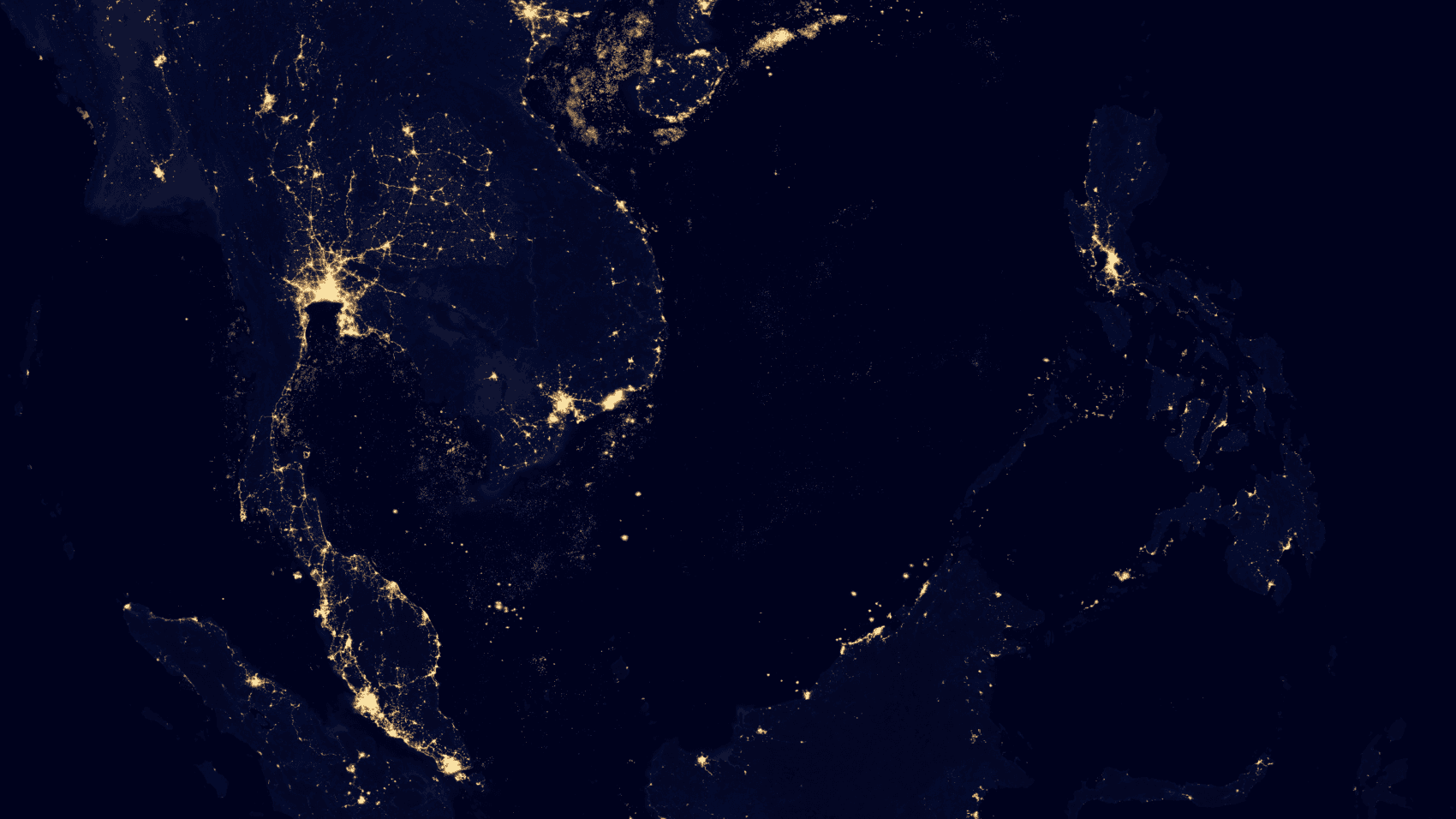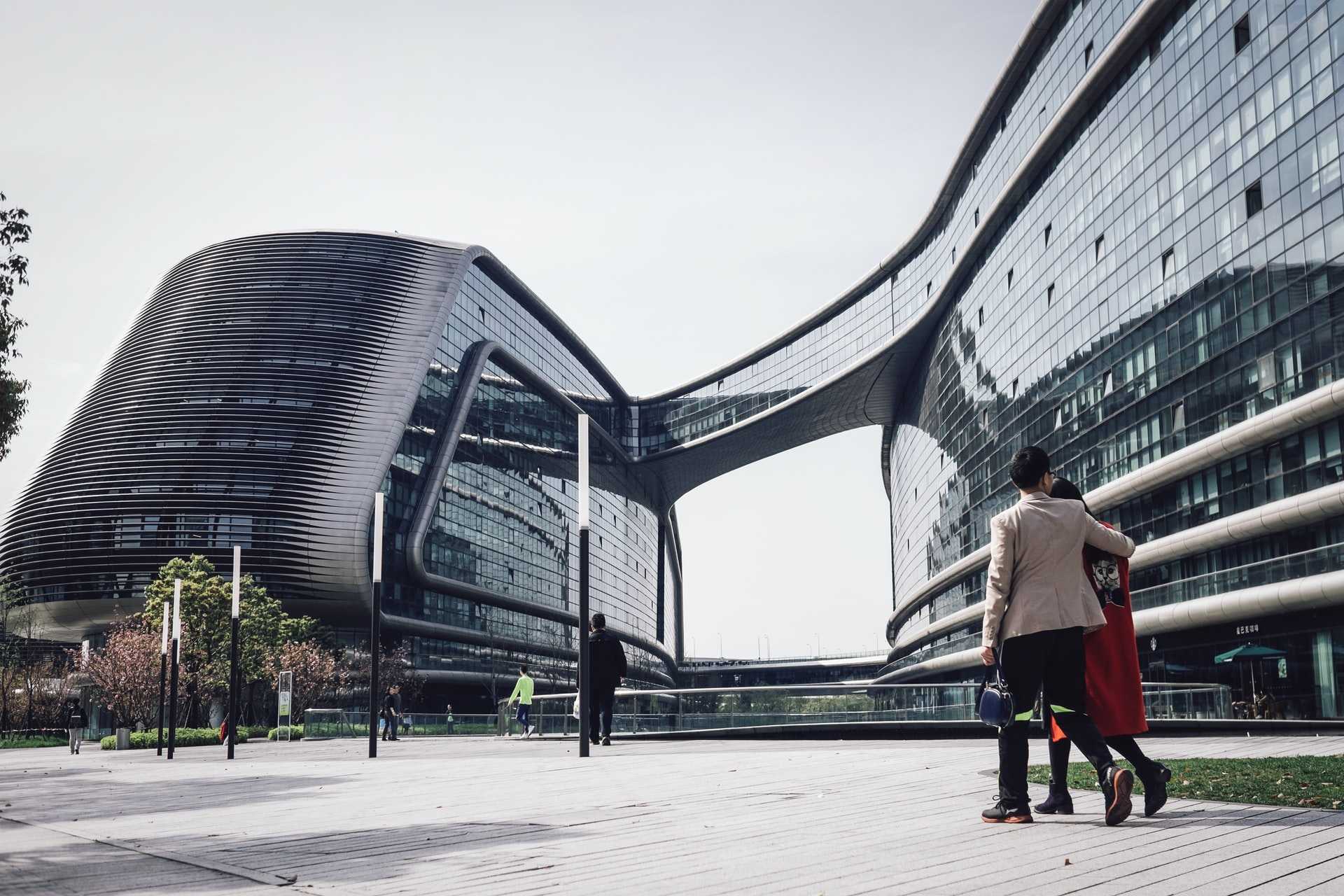
Second wave of smart cities
From missteps to maturity.
How likely? How soon? What impact?
The first wave of smart cities, which grew out of the 2007-8 global financial crisis, focused on places and treated cities as enterprises. This model focused on heavy integration of digital technology and the built environment, institutional capital, and active government support over long periods of time. This approach made steady progress, but has proved insufficiently nimble to respond to shifting public attitudes about the ethics of urban technology and the governance of large-scale urban development. Both were key factors in the 2021 termination of Sidewalk Labs' signature smart city development in Toronto, which marked the end of this era. Now, urban tech is on the rise, as venture investors move in with much more focused, short-term plays.
At least in the West, that is. Globally, the smart cities movement is just beginning. Governments and industry are teaming up on massive smart city projects, with scant concern for the show-stopping struggles that derail projects in the U.S. and Europe. In Asia, a new regional race is taking shape as the big industrialized economies each seek a path to smart city tech superiority.
All of this points towards a second wave of smart cities, more mature and complex. On the one hand, urban tech is forking off a more pragmatic but potentially much larger, riskier market. It moves much faster but approaches integration more opportunistically. On the other hand, the heavy industries of Asia are driving towards greenfield development at jaw-dropping scale with potentially transformative technology platforms. The emergence of two distinct innovation systems points towards a smart cities movement that has moved past early hype and into a new phase of adoption—what analysts at the Gartner Group call the "plateau of productivity." With both flavors of innovation system operating at scale, a substantial and sustained flow of new products and services are coming to market.
Signals
Signals are evidence of possible futures found in the world today—technologies, products, services, and behaviors that we expect are already here but could become more widespread tomorrow.

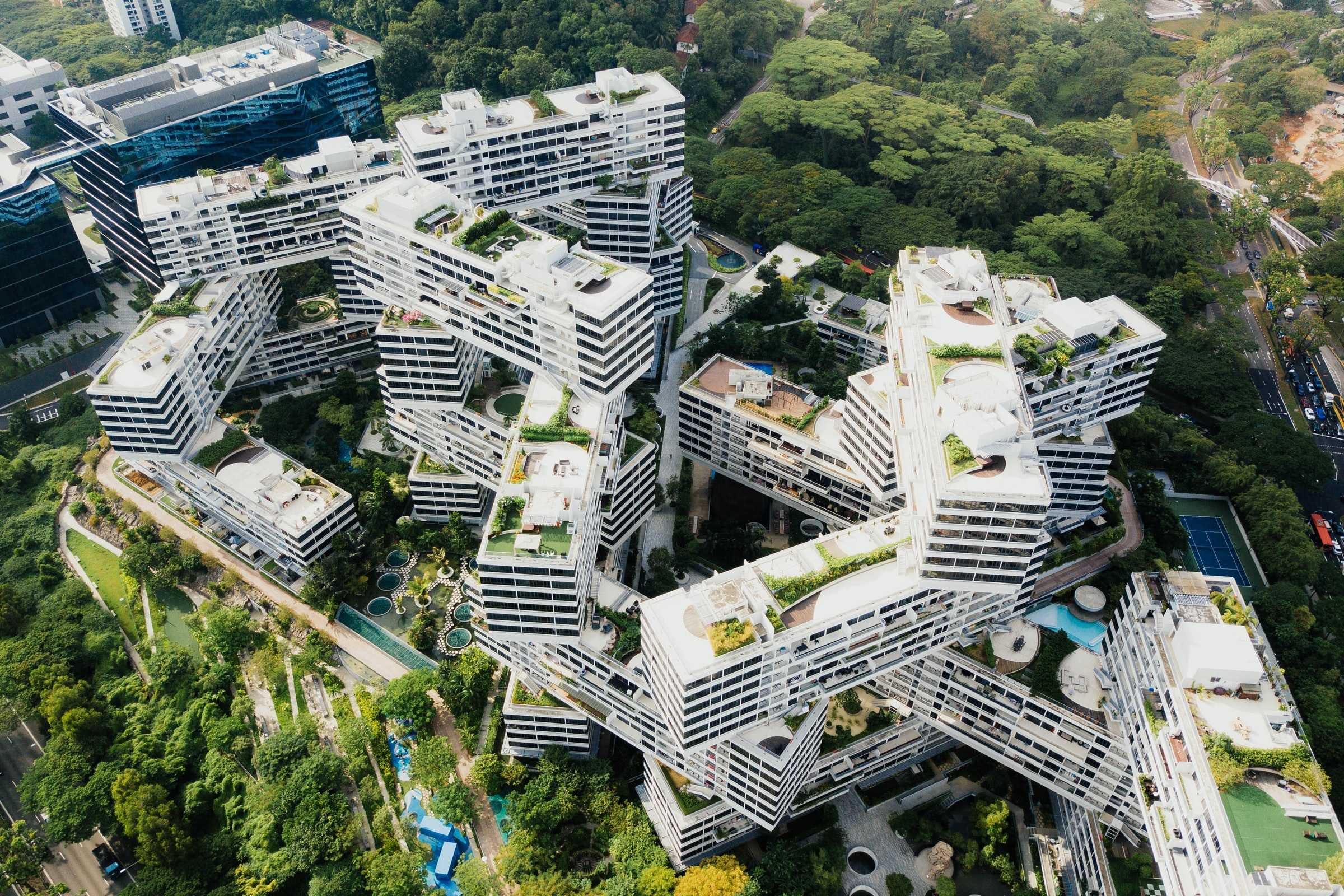
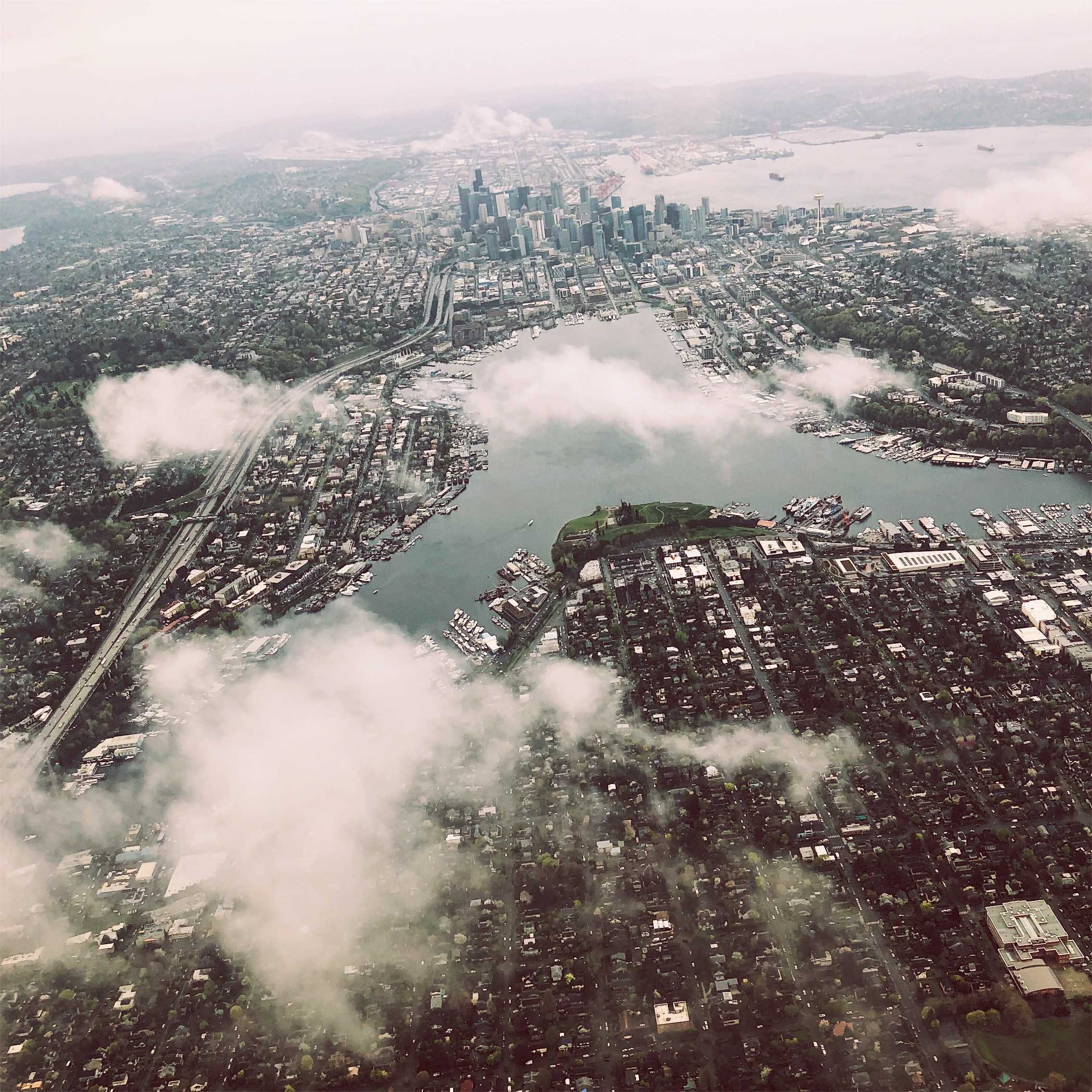

..png)


